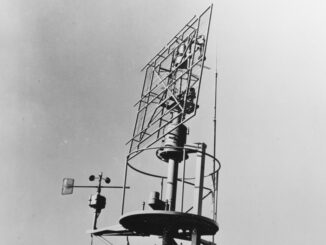
SC Air/Surface Search Radar
The CXAM, the US Navy’s first truly successful radar set, was too large to be fitted to smaller combatants like destroyers. It could only be fitted on ships the size of cruisers and larger, most […]

The CXAM, the US Navy’s first truly successful radar set, was too large to be fitted to smaller combatants like destroyers. It could only be fitted on ships the size of cruisers and larger, most […]
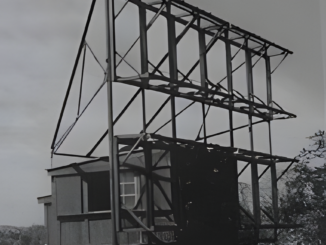
A Japanese scientific delegation under Cdr Yoji Ito was sent to Germany in February 1941. Although the professional relationship between the Japanese and the Germans was far less cordial than that of the Americans and […]
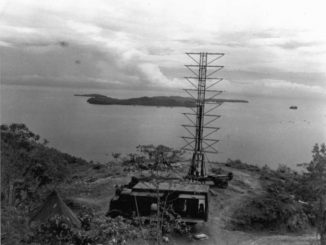
Following the May 1937 tests of the SCR-268 searchlight-control radar, the US Army expressed an interest in obtaining an early warning air search radar with much longer range. A US Army Signal Corps Laboratories team, […]
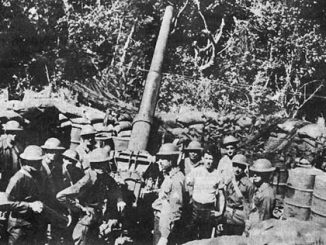
The 3-inch M3 gun was the primary anti-aircraft weapon of the US Army and Marines at the beginning of World War II. Its origins lay in the first anti-aircraft gun produced by the United States […]
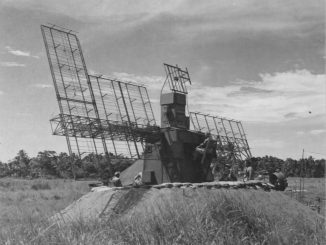
The US Army Signal Corps was increasingly interested in radar during the late 1930s. This new technology offered to solve a number of problems, including simplifying the problem of finding enemy aircraft and directing searchlights […]
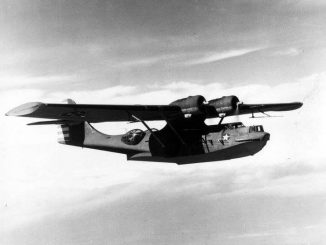
Dr Edward Bowen, leading the airborne radar group of the Royal Aircraft Establishment in Britain, started a project to improve on the ASV (for “air to surface vessel”) Mark I radar, which had been hastily […]
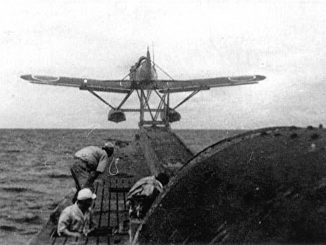
During the Pacific War, Japanese submarines carried out dozens of reconnaissance missions by flying off small seaplanes. These aircraft were stored within water-tight compartments in the vessel’s hull, before being assembled on deck and catapulted […]
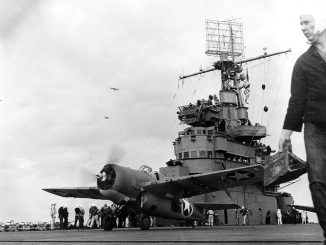
During the early 1920s many radio operators had noticed unusual phenomena when large metal objects like ships or aircraft passed between a radio transmitter and receiver. Gradually scientists realised that this was due to radio […]
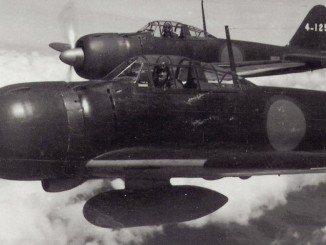
From 1931, new experimental aircraft under consideration to fulfil the needs of the Imperial Japanese Naval Air Service were given a shisaku seizo (trial manufacture) designation. This was combined with the current era year (i.e. […]
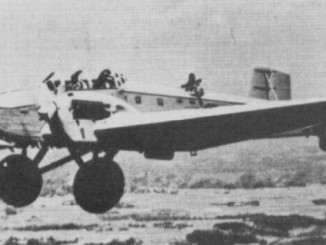
The basic unit of the IJAAF unit structure was the chutai, which translates as “squadron” and is roughly similar to the German staffel. Chutai consisted of perhaps 9 aircraft, and could be specified as dokuritu […]
Copyright 2015-2024 Pacific Eagles